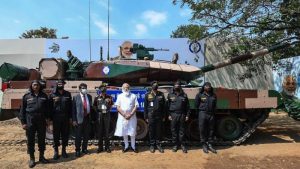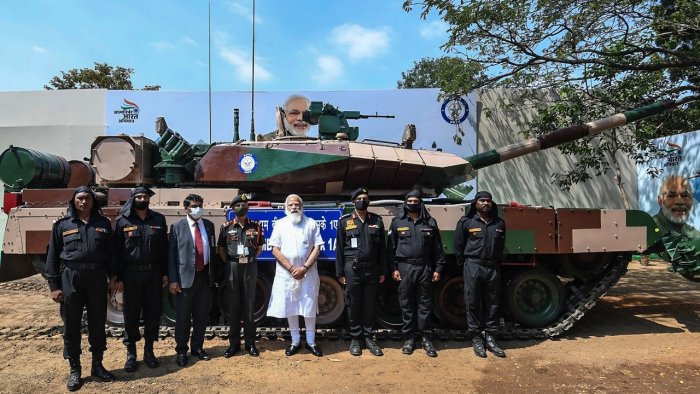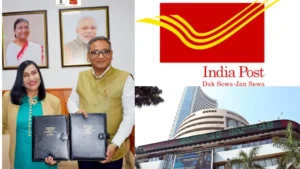
Prime Minister Narendra Modi has handed over the indigenous main battle tank Arjun Mk-1A to the Army in a function at the Jawaharlal Nehru Indoor Stadium in Chennai. Chief of the Army Staff General Manoj Mukund Naravane received the model of the tank, designed and developed by Chennai-based Combat Vehicles Research & Development Establishment (CVRDE), a unit of the Defence Research & Development Organisation (DRDO).
WARRIOR 5.0 Batch for SBI, RRB, RBI and IBPS Exams Banking Awareness Online Coaching | Bilingual
A tank made in Tamil Nadu will be used in our northern borders to keep the nation safe. This showcases India’s united spirit — Bharat’s Ekta Darshan,”. The indent for 118 of these tanks would be placed shortly with the Heavy Vehicle Factory (HVF) at Avadi near Chennai.




 PNB Housing Finance Appoints Ajai Kumar ...
PNB Housing Finance Appoints Ajai Kumar ...
 Department of Posts and BSE Sign MoU to ...
Department of Posts and BSE Sign MoU to ...
 Retail Inflation Rises Slightly to 0.71%...
Retail Inflation Rises Slightly to 0.71%...







